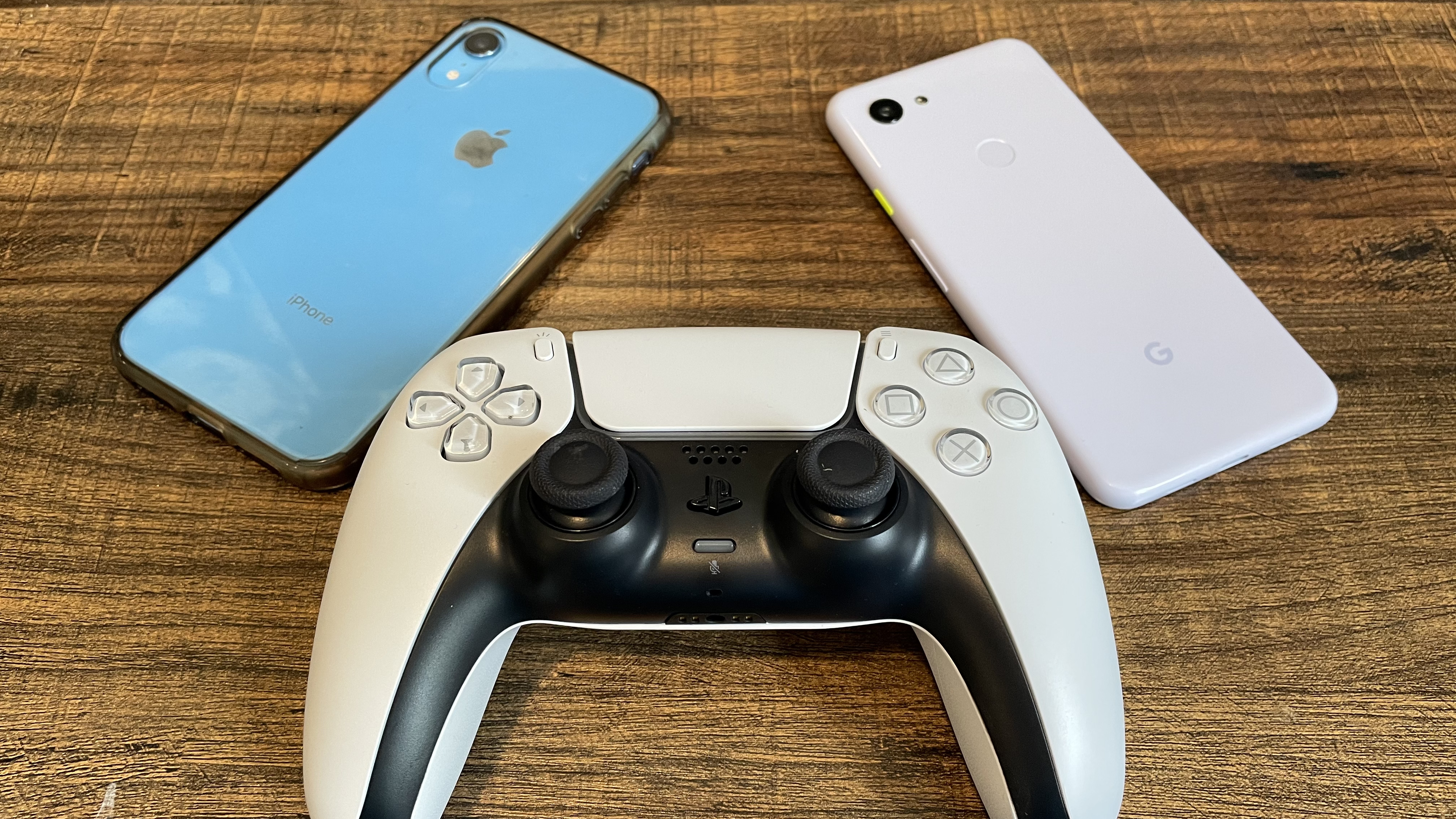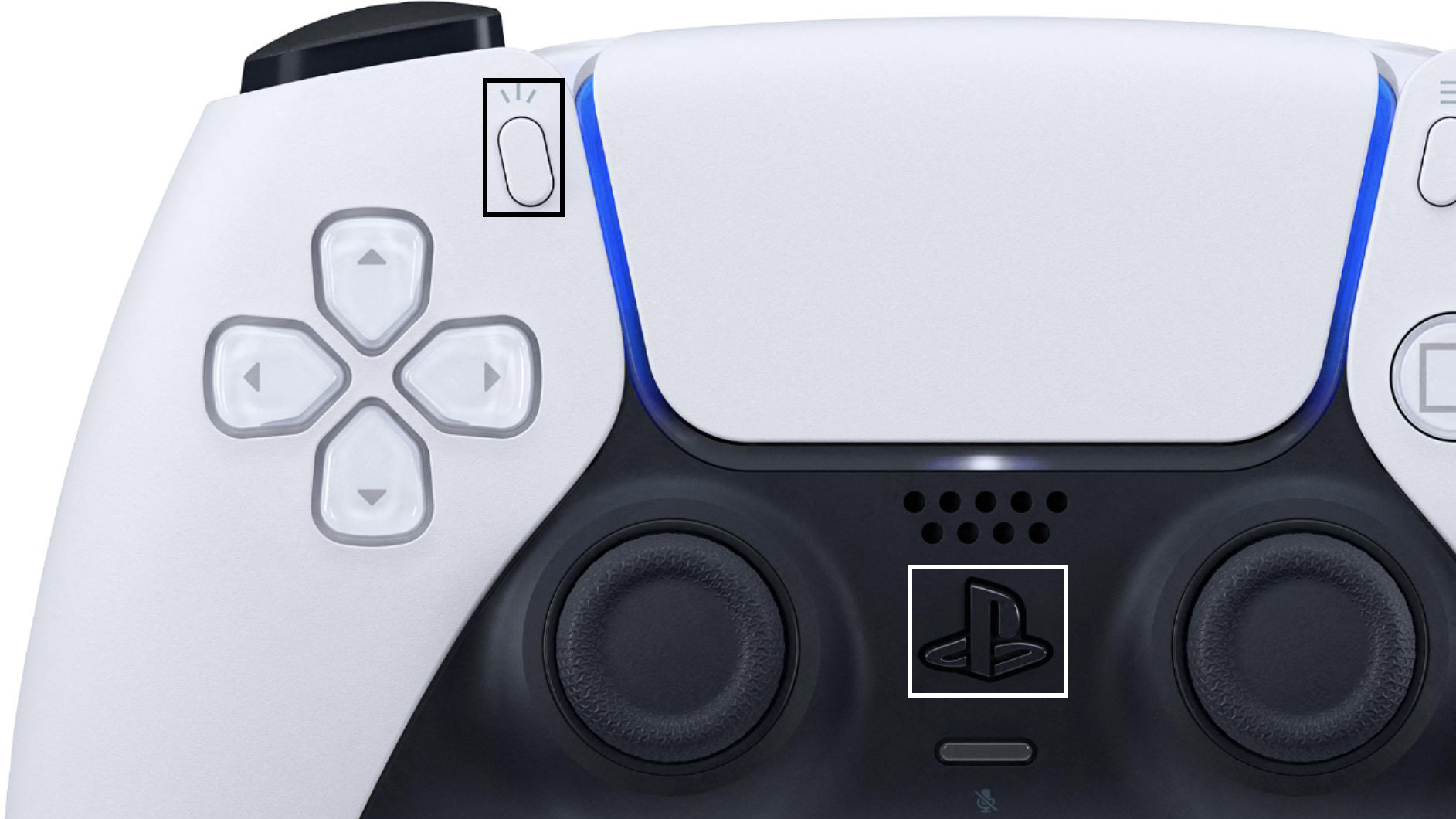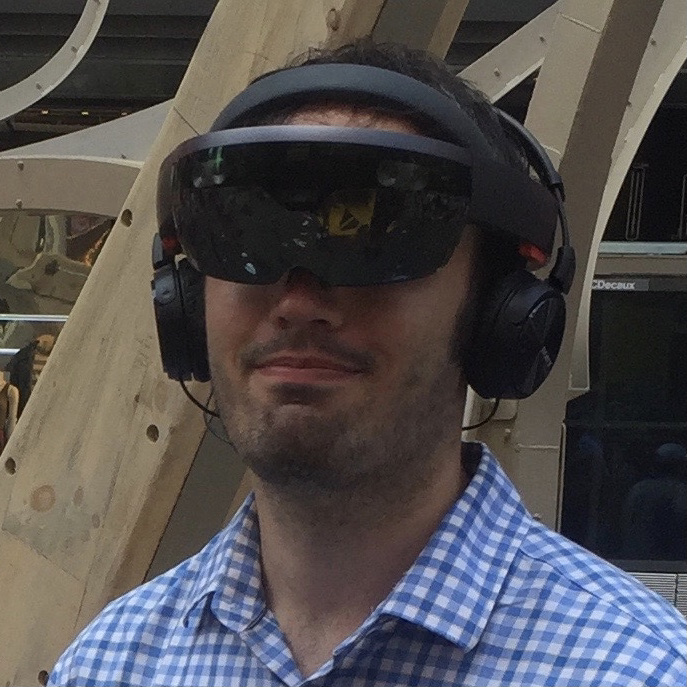How to use the PS5 controller on an iPhone or Android phone
Use your DualSense for mobile & cloud gaming

One of the exciting perks of the newly-released iOS 14.5 is its new support for the PS5 and Xbox Series X controllers. Your iPhone will not only connect to them but also recognize their button mapping for iOS and Apple Arcade games.
Android phones also let you sync your DualSense and Xbox Wireless controllers, though support for them will vary from app to app.
Connecting a PS5 DualSense controller to an iPhone or any Android phone is a walk in the park once you know how, so let's not waste any time and walk you through the steps.
- PS5 DualSense controller vs Xbox Series X controller: which gamepad is better?
- How to use the PS5 DualSense controller on a PC
- The best iPhone games in 2021
How to connect the PS5 DualSense controller to your iPhone
If you haven't already, start by updating your iPhone to iOS 14.5 (Settings > General > Software Update). If you attempt to pair the DualSense on iOS 14.4 or earlier, your phone most likely won't detect it.
Once that's done, open Settings > Bluetooth. If you haven't already, toggle Bluetooth on. You'll see a list of 'My Devices' that are already registered, and a section for 'Other Devices' that can be paired.
Pick up your DualSense controller. Press and hold the Share button and PS button at the same time. The Share button is the small button next to the D-Pad with three lines above it; the PS button is the Playstation logo in-between the thumbsticks.

You must hold these buttons down for at least 3 full seconds (count 'one-Mississippi, two Mississippi...') until you see the light bar flashing blue. If you let go early, it won't go into pairing mode – and likely will turn on your PS5 instead.
Get daily insight, inspiration and deals in your inbox
Sign up for breaking news, reviews, opinion, top tech deals, and more.
Now check your phone. 'DualSense 5 Wireless Controller' should appear under 'Other Devices' almost instantly. Tap on this option, and it will appear under 'My Devices' and show as Connected. Your controller should now be paired and fully useable.
Once you're done using it, you'll want to unpair it to save battery life. Go back to Settings > Bluetooth and tap the 'i' info icon next to the PS5 controller. You can disconnect it to instantly turn it off, or hit 'Forget this device' to remove it from your list.
How to connect the PS5 DualSense controller to your Android phone
Before walking you through the steps, you need to know some important caveats upfront. The most important is that Sony still hasn't made the DualSense controller compatible with PS5 remote play on Android phones as of April 2021. You only can connect a DualShock 4 if your phone runs Android 10 or later.
However, some third-party apps may support the DualSense, and Sony will hopefully add the functionality before the Sony Xperia 1 III launches in early summer. So in preparation for that, here's what to do.
Swipe downwards from the top of the screen to open your Notification Shade. If Bluetooth is turned off, tap the Bluetooth icon to turn it on. Then tap and hold the same Bluetooth button to open the Settings page for pairing new devices.
(Note: if this shortcut isn't working for you, you can manually go to this page by opening the Settings app. On stock Android, you'll go to Connected devices; on Samsung's One UI, you go to Connections > Bluetooth.)
On your PS5 DualSense controller, press and hold the PS Button (Playstation logo) and Share button (small button next to D-Pad with three vertical lines) for at least 3 seconds. Don't let go until the LEDs begin to double-blink at you.
Once it's ready to pair, the DualSense will appear under 'Available devices' as 'Wireless Controller'. Tap this option, then tap 'Pair' in the pop-up menu to connect your PS5 controller to your Android phone.
You can also unpair or disconnect devices from this same menu once you're done gaming.
Michael Hicks began his freelance writing career with TechRadar in 2016, covering emerging tech like VR and self-driving cars. Nowadays, he works as a staff editor for Android Central, but still writes occasional TR reviews, how-tos and explainers on phones, tablets, smart home devices, and other tech.
